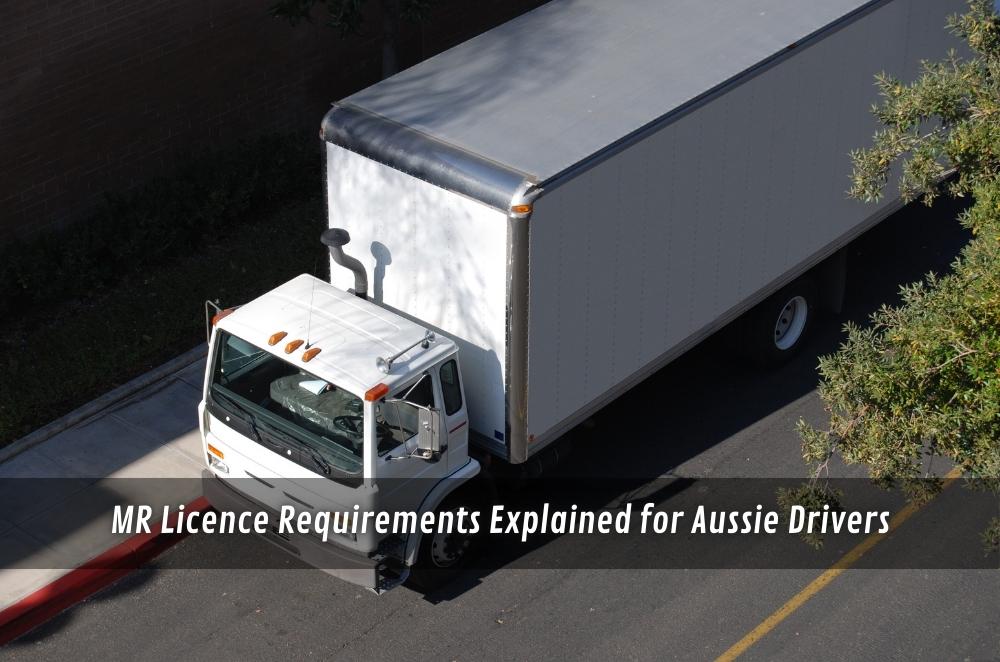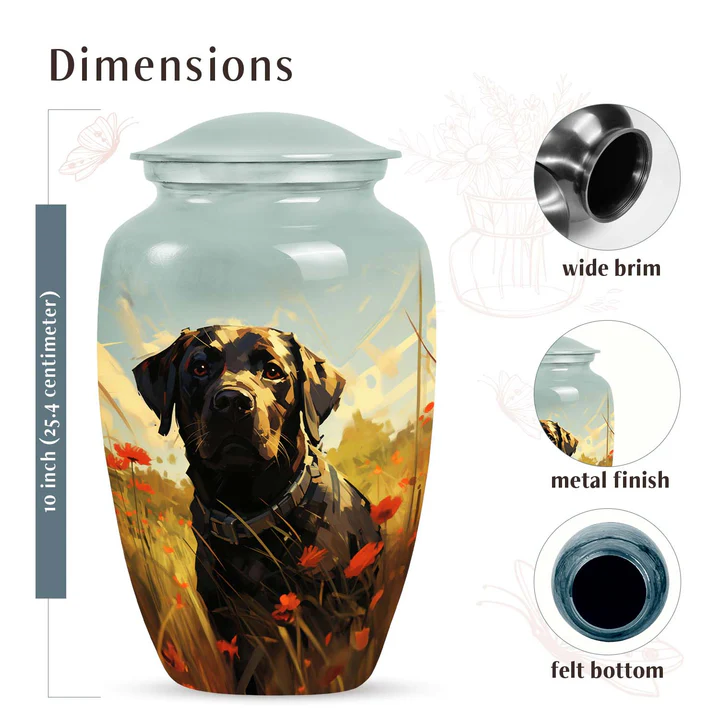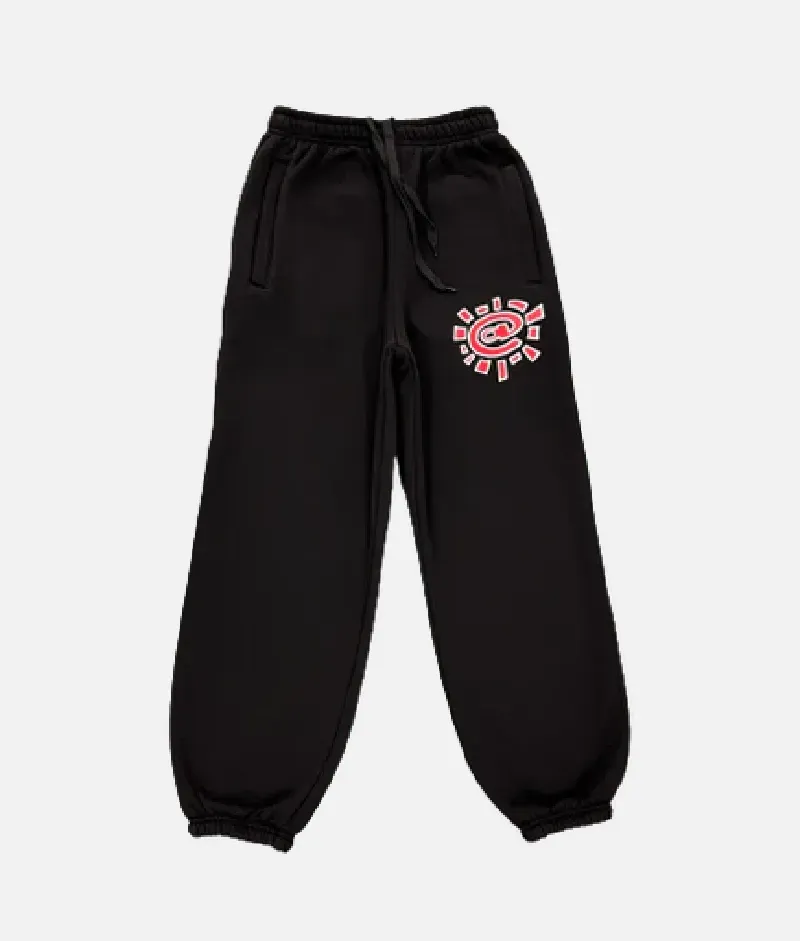MR Licence Requirements Explained for Aussie Drivers

Most of us don’t give much thought to heavy vehicle licences until life nudges us in that direction. Maybe work opportunities start asking for truck drivers, or maybe you just want the challenge of handling something bigger than a car. That’s where the Medium Rigid licence comes in. It gives you the legal right to drive buses and two-axle trucks, the kind of vehicles you see running up and down Australian roads every day.
The starting point for many people is enrolling in mr licence training courses, where you get both the theory and the practical seat time needed to step up with confidence. I remember the first time I climbed into a training truck — the seat was high, the gearbox felt unfamiliar, and the mirrors seemed endless. Within a few lessons, though, it began to feel manageable. That’s really the point: structured training that takes the fear out of the unknown.
What is an MR licence?
The MR licence, in plain terms, covers:
-
Trucks or buses with two axles, over 8 tonnes GVM
-
Trailers up to 9 tonnes GVM
-
Everyday vehicles like delivery trucks and route buses
Think of it as the middle ground — more responsibility than a car licence but not as full-on as the big rigs. When I first drove an MR truck, it felt clumsy, like wearing boots two sizes too big. The clutch was heavy, the turning circle wider than I expected. But once I got the hang of it, I realised the MR is less about brute force and more about control.
Who can apply for an MR licence?
It’s not wide open — there are rules. You’ll need to:
-
Have your car licence (Class C) for at least a year
-
Pass a heavy vehicle knowledge test
-
Meet eyesight and health standards
-
Sit both the theory and practical assessments
Each state has its own version of the process. That’s where truck licensing regulations come in. They’re not the most exciting read, but they spell out the fine print — what tests you need, what paperwork matters, and how to avoid delays. The last thing you want is turning up for training and realising you’ve missed a step.
The training and testing process
An MR course isn’t just about ticking a box. It usually covers:
-
Classroom sessions on checks, safety, and road laws
-
Hands-on practice in traffic, side streets, and industrial areas
-
Pre-start inspections and vehicle checks
-
A final assessment that tests your driving under pressure
My first assessment day was rough. I stalled at a set of lights with a line of cars behind me, and for a second, I wanted to pack it in. The instructor leaned over and said, “Happens to everyone, mate.” That moment was bigger than the stall itself — it reminded me this wasn’t about being flawless, it was about proving I could adapt.
Building experience for the future
Plenty of drivers stop at MR, and that’s fine. It’s enough for steady work. But others treat it as a step toward bigger things. That’s where upgrading truck licence options comes into play. Once you’ve had seat time in an MR, moving into HR or HC feels like the natural next rung. The skills transfer — mirror checks, clutch control, judging space — they all carry over. You just build on them with bigger vehicles and longer loads.
Common mistakes and how to avoid them
Everyone fumbles somewhere. The big ones?
-
Cutting corners too sharply
-
Forgetting blind spots when changing lanes
-
Mishandling gears, especially in manual trucks
-
Rushing under pressure
None of these means you’re done for. They’re learning moments. Instructors expect nerves. Truth is, half the training is just learning to breathe and reset when something goes wrong.
Life after getting your MR licence
One thing people don’t always think about is what happens after you’ve got the licence. For some, it’s straight into a bus depot or a delivery role. Others use it as a ticket into industries that are always on the lookout for drivers — construction, logistics, even local councils.
From my own experience, that first job after passing was more of an education than the course itself. You quickly learn how every vehicle feels slightly different. One truck’s clutch might be forgiving, another’s heavy as lead. Some have visibility that’s crystal clear, while others test your patience with blind spots. Those real-world lessons shape you in ways the training yard can’t.
Having the MR licence also changes how employers see you. It tells them you’ve already taken responsibility for a bigger vehicle, that you’re capable of handling more than the basics. And in industries where reliability matters, that can be the difference between sitting in the interview chair or waiting at the back of the line.
Where to look for extra guidance
Not everything you pick up comes from the classroom. A lot of drivers swap tips in their own way — forums, mates, or independent write-ups. I found myself reading through people’s experiences with the best mr licence training, and it helped me see how different learners approach the process. Some liked online modules to prep for theory, others leaned on practice drives with mates. None of it replaces proper training, but it rounds out the picture.
Final thoughts
An MR licence isn’t just a card in your wallet — it’s proof you can handle something bigger, steadier, and more demanding than a car. The steps are there, clear enough once you break them down: meet the eligibility, take the course, pass the test. What sticks with you, though, isn’t the paperwork. It’s the first time you sit up high in a truck, the way the road looks different, the way the steering feels slower but heavier.
For me, it was the first time I didn’t just drive for convenience. I drove with purpose. That shift — from car runs to real transport work — is what the MR licence gave me. And if you’re thinking about it now, odds are you’re ready for that same step.








